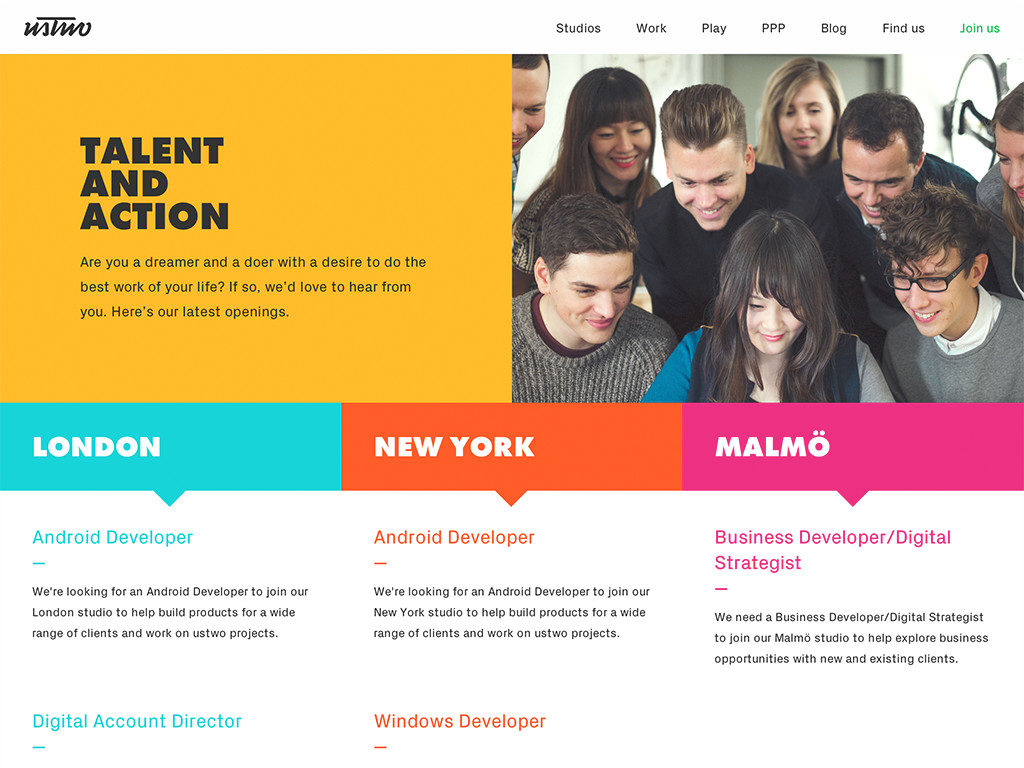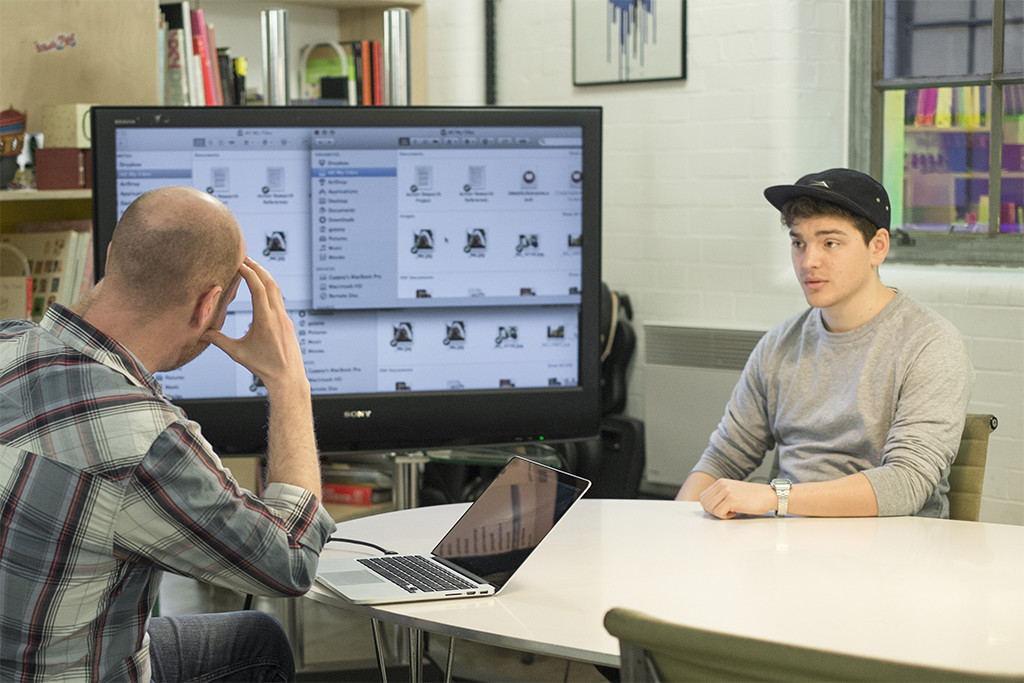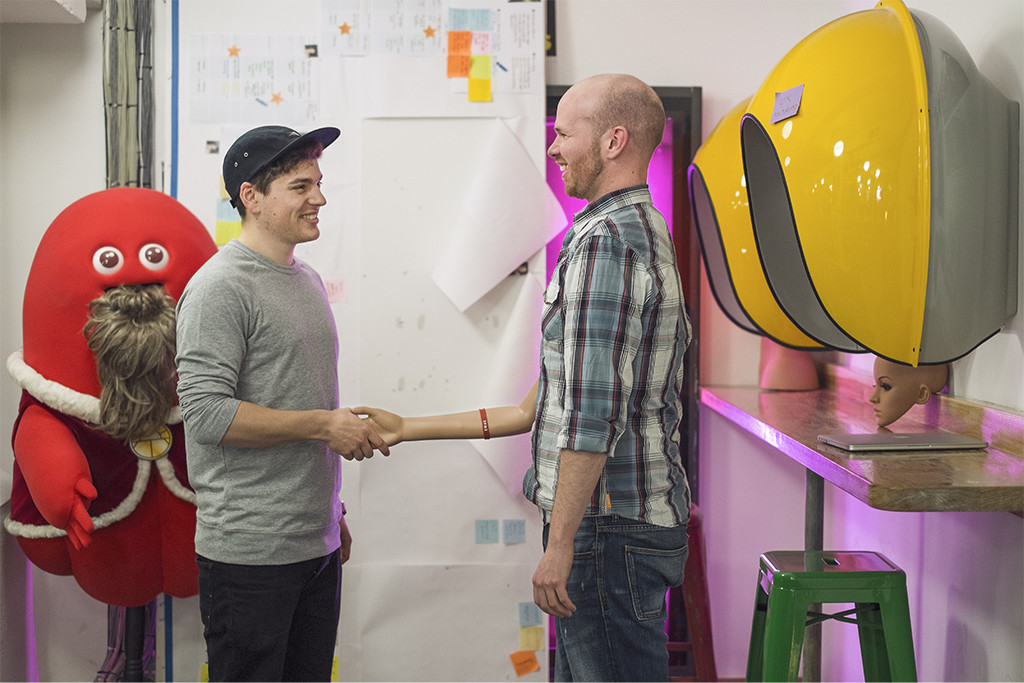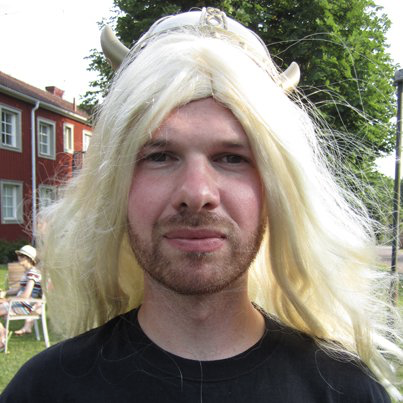Over the past couple of years ustwo has seen a lot of growth, and propping that up is the task of finding the right people to bring in to the fampany. I've been lucky enough to get pretty involved with recruitment for visual designers, and have found it a wonderful learning exercise as well as a great way to meet some very talented individuals. In this second instalment of "The World According to Gyppsy", I want to share with you some of the tips and tricks for what we look for from a successful candidate.
Getting in Touch
Your first point of contact with us will often be through the Join Us section of our site — if instead you've already met someone here, and they've asked you in, then congratulations, and skip to the next step. 
Short and sweet would be the best advice for your opening mail. We're not after an essay, just a few sentences on why you've chosen us and what you can offer. Be friendly, polite, and most importantly, yourself. This is an ideal opportunity for some of your personality to show through. And please, no copy-and-paste bulk mails — we can spot them a mile off, even if you think you're being clever by swapping names out from the message.
Your Portfolio
In terms of your portfolio, again make sure to keep it simple, and allow us to get to your work quickly and easily. We're busy people, so don't have time to read through huge case studies on individual projects. Instead, we'd like a few screenshots from each, with a brief note on who the project was for, what it is, and your role. For extra brownie points include some sketchbook and development images as well.
A word of advice — we love to see your passion coming through in a portfolio. If instead it's full of large commercial projects then we might not pick up on a love for design. So include something personal, whether you've had a go at designing a typeface, taken up screenprinting, or really enjoy photography. We want someone who enjoys the process of creation. As for the finer details, make sure the site works, links and images aren't broken, and there aren't any spelling mistakes.
After all that, if we like what we see and hear, we'll get in touch and ask for you to come in and meet us…
The Interview
You've heard it a thousand times before, but worth repeating anyway — be punctual. Turn up a few minutes early*, compose yourself, and then we can kick things off.
It's amazing how much first impressions count. When you meet us, make eye contact, smile, and seem pleased to be here. A limp handshake, blank expression, and an answer of "alright" when asked how you are, do not make us think you're an interesting, bright character who we'd like to have on the team. 
We'll usually take a brief tour of the studio first, just to give you an impression of what we're like, then it's time to grab a room and have a chat. This is just as much an interview of us, so first of all we'll run you through our portfolio to show you the sort of work we do. All the time think of any questions you'd like to ask us. After that, your turn.
*We recently had someone turn up a whole week early. True commitment!
Presenting Your Work
Before you arrive you should have already sorted your files to present, so you can just plug in and go. Fiddling around through folders, trying to locate your work, doesn't get the interview off to the best of starts.
As you're presenting your work, talk us through the progression of the projects — any successes, failures, and how you dealt with those. Remember to talk to us, not the computer screen or the wall (a good bit of advice, as with any presentation, is to practise at home first). We'll usually aim to make this part of the interview last half an hour or so. Bring along any sketchbooks or other physical work you might have as well — we sit behind computers most of the day, so it makes a nice change to deal with something more tactile.
Don't worry about us throwing curveball questions at you either, we're definitely not going to ask: "If you were an animal, what type would you be?" Do have in mind something about your own career direction though — we're not after a five-year plan, but some idea of how you'd like to develop if you were here would be good.
What Do We Look For?
In a word — process. We love to see how you've tackled a project from start to finish. Tell us a story. Entertain us with the ups and downs. Show us the development as well as the finished article. Share with us what you learned as a designer, and just as importantly, as a person, along the way. We're not looking for Dribbble heroes who can create beautiful styling with no reason, but instead people who can show us their justification, right or wrong, for the decisions they've made throughout a project. Design which shows intelligence, makes us smile, or has us wishing we'd thought of it ourselves will always be a winner.
Most of all, we're looking for that click. For all the amazing work in the world, if we don't think you'll fit on a personal level then it's probably not going to work. We know good interviews when the hour flies by, having been taken up by enthusiastic discussion about design, experiences, and the odd war-story as well. We'll all come out of there with a smile on our faces, and a buzz that we've found someone special.
The Follow-up
If we feel that there might be a future together then we'll be in touch, and will probably get you in again to meet some more of the team. Hopefully a job offer won't be too far behind.
If you've not been successful though please feel free to ask why. More often than not it's a difference in skills and career direction to what we're after. We'll always give you some feedback, for example, offering advice on how to improve your portfolio.
Wrapping Things Up
Quite a lot to take in there, but in summary: be organised, be enthusiastic, and be friendly. We're a nice bunch here, so treat coming in as a way to make some new friends in the industry. Good luck!
